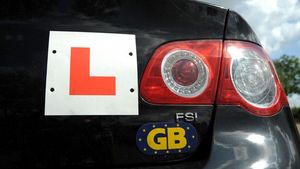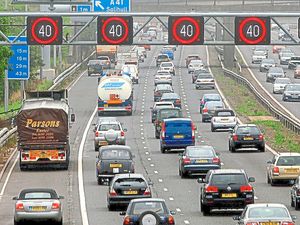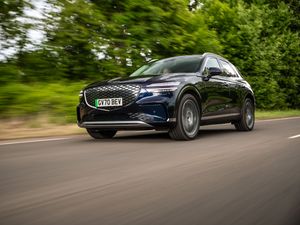Spiralling costs to blame for declining number of learner drivers
A government report shows the number of teenagers learning to drive has fallen sharply, and is blamed on the high cost of motoring and lower disposable income

Spiralling costs to blame for declining number of learner drivers
A government report shows the number of teenagers learning to drive has fallen sharply, and is blamed on the high cost of motoring and lower disposable income
Fewer teenagers are learning to drive with rising insurance costs and lower income to blame, an official report suggests.
Figures released by the Department for Transport reveal the amount of young drivers dropped by almost 20 per cent in just two decades.
In the period of 1992-94, 48 per cent of 17 to 20-year-olds held a licence, compared to just 29 per cent in 2014.
The data also showed that 75 per cent of 21 to 29-years-olds, from 92-94, had passed their driving tests compared to 63 per cent in 2014.
The number of car trips taken by young people aged between 17 and 29 also slumped by 36 per cent between 1995-9 and 2010-14.
The report, written by academics at the University of Oxford and UWE Bristol, suggested the decline of the car as a status symbol, the drop in disposable income, increase of car insurance premiums, and young people living at home longer could all be reasons for the lessening number of young drivers.
Researchers also looked at the difference in the amount of driving between young men and women aged from 17-20. It was found that they travel less, with the total number of trips per person made by men falling by 28 per cent between 1995-99 and 2010-14, whilst the number of trips made by women fell by 24 per cent.
However, the report found that there has been a small increase in the number of trips per person on public transport.
The number of walking trips per person has also fallen whilst the number of cycling trips per person has remained broadly constant.
The report stated: “Although there has been variation from year to year, the general trend has been for each generation of young people since the early 1990s to own and use cars less than the preceding generation, and for the growth in car use with age to also be at a lower rate.
“This suggests that their changing behaviour is more than just a postponement of driving.”





